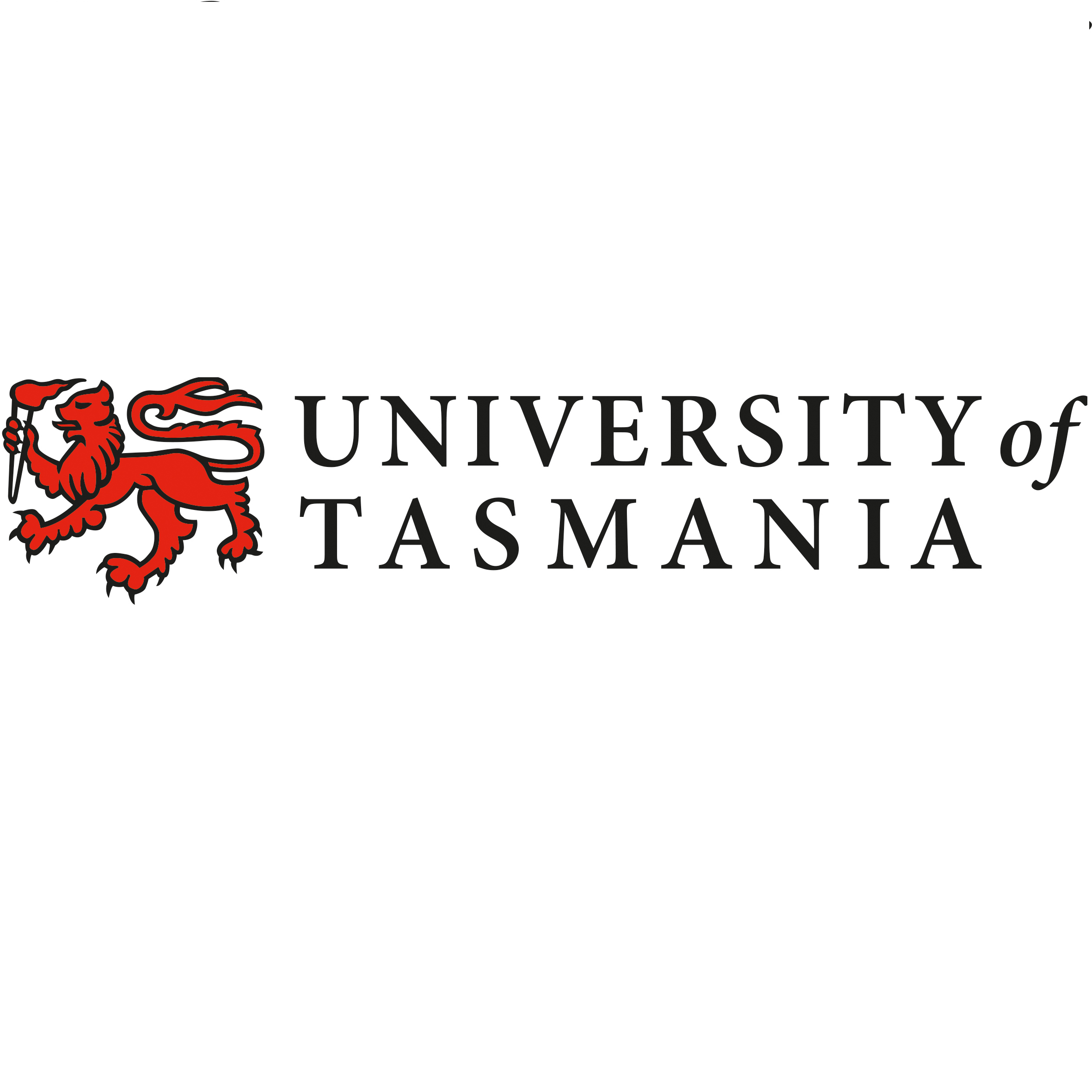Full description
The principle aim of this project was to map the fine-scale spatial distribution of key abalone habitat impacted by urchins in < 25 m water depth using multibeam acoustic imagery. Detailed substrate type (Pavement Reef, Megaclast Reef, Mixed Consolidated Sediment/Reef and Sand), and kelp coverage maps have been produced for the east coast of Tasmania. Large urchin barrens have been predicted and the minimum quantifiable unit of which small incipient barrens can be detected has been identified using this acoustic water column technique.This data provides a snapshot of the 2021 distribution of seafloor habitats and associated vegetation distribution, and will assist in the facilitation of strategic decision making for urchin control and abalone management.
All spatial datasets and derivatives of the have been uploaded onto the Seamap Australia data portal for visualisation as a resource for both managers and scientists for further analysis and study. Data packages have been split by fishing block (22-24, 27-30) and are available to download from each of the 'child' records linked to this record (below).
Lineage
Maintenance and Update Frequency: none-plannedNotes
CreditAbalone Industry Re-investment Fund (AIRF)
Tasmanian Climate Change Office
CSIRO Geophysical Mapping and Survey (GSM)
Sustainable Marine Research Collaboration Agreement (SMRCA)
Data time period: 2021-04-12 to 2021-04-23
text: westlimit=147.889892578125; southlimit=-43.251635994684825; eastlimit=148.505126953125; northlimit=-41.01972986152059
User Contributed Tags
Login to tag this record with meaningful keywords to make it easier to discover
(DATA ACCESS - 50cm bathymetry split by fishing block [Geotiff download])
uri :
https://data.imas.utas.edu.au/attachments/Abalone_habitat_warming_reefs/bathy/![]()
(DATA ACCESS - finescale substrata maps split by fishing block [Geotiff download])
uri :
https://data.imas.utas.edu.au/attachments/Abalone_habitat_warming_reefs/habitat/![]()
(DATA ACCESS - bathymetry derivatives split by fishing block [Geotiff download])
uri :
https://data.imas.utas.edu.au/attachments/Abalone_habitat_warming_reefs/bathy_derivatives/![]()
(DATA ACCESS - water column data split by fishing block [Geotiff download])
uri :
https://data.imas.utas.edu.au/attachments/Abalone_habitat_warming_reefs/water_column/![]()
(ASSOCIATED PUBLICATION - Mapping warming reefs—An application of multibeam acoustic water column analysis to define threatened abalone habitat)
doi :
https://doi.org/10.3389/frsen.2023.1149900![]()
MAP - 50cm multibeam bathymetry (imas:AbHab_bathy_50cm_grp)
uri :
https://geoserver.imas.utas.edu.au/geoserver/wms![]()
MAP - finescale substratum (imas:AbHab_benthic_habitat_grp)
uri :
https://geoserver.imas.utas.edu.au/geoserver/wms![]()
MAP - water column - 9m² mean db signal (imas:AbHab_WCD_9m2_means)
uri :
https://geoserver.imas.utas.edu.au/geoserver/wms![]()
MAP - water column - vegetation likelihood 'traffic light' (from db signal) (imas:AbHab_WCD_classified)
- DOI : 10.25959/AHR1-Q718

- global : de61f7c0-41bb-47bf-895a-7ff958689657
- global : 15a228af-b9d7-4e6e-89b5-5ef46e10f5a2
- global : 40dbdd6c-7574-45d2-9a0c-c7dfaebee82e
- global : 6551b261-0ebc-42d9-bae1-bbffc1401418
- global : 310a6a24-ed40-4672-a6c4-49f5e0e56e86
- global : 017c1557-7617-439d-884d-af22ec9beb3d
- global : df2bdc10-5e30-4529-8ced-b02eea58e6dc
- global : a8831928-fb5a-4bf1-8e72-a8342f5e2836


